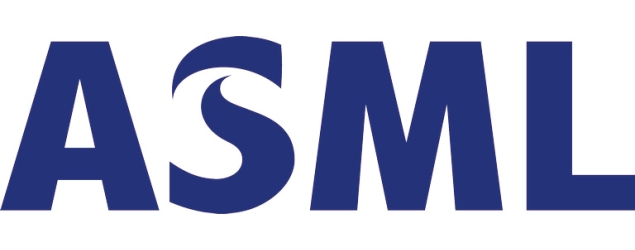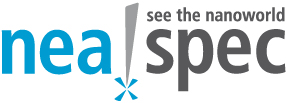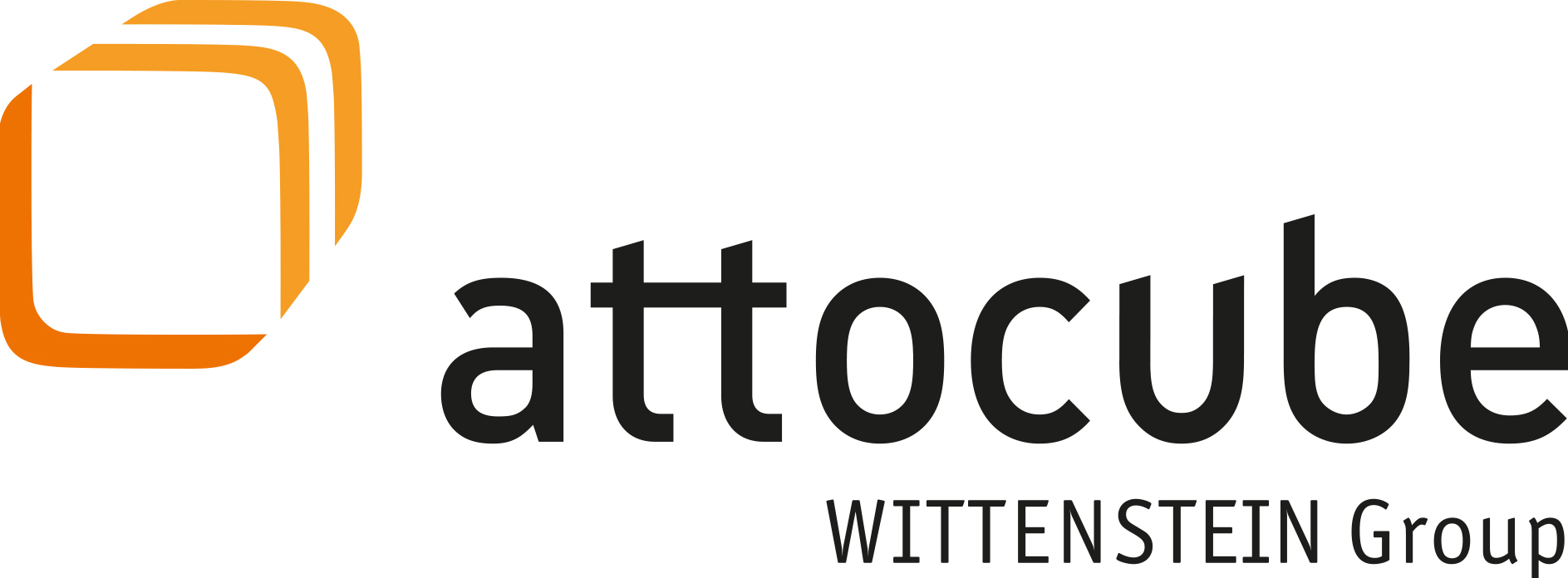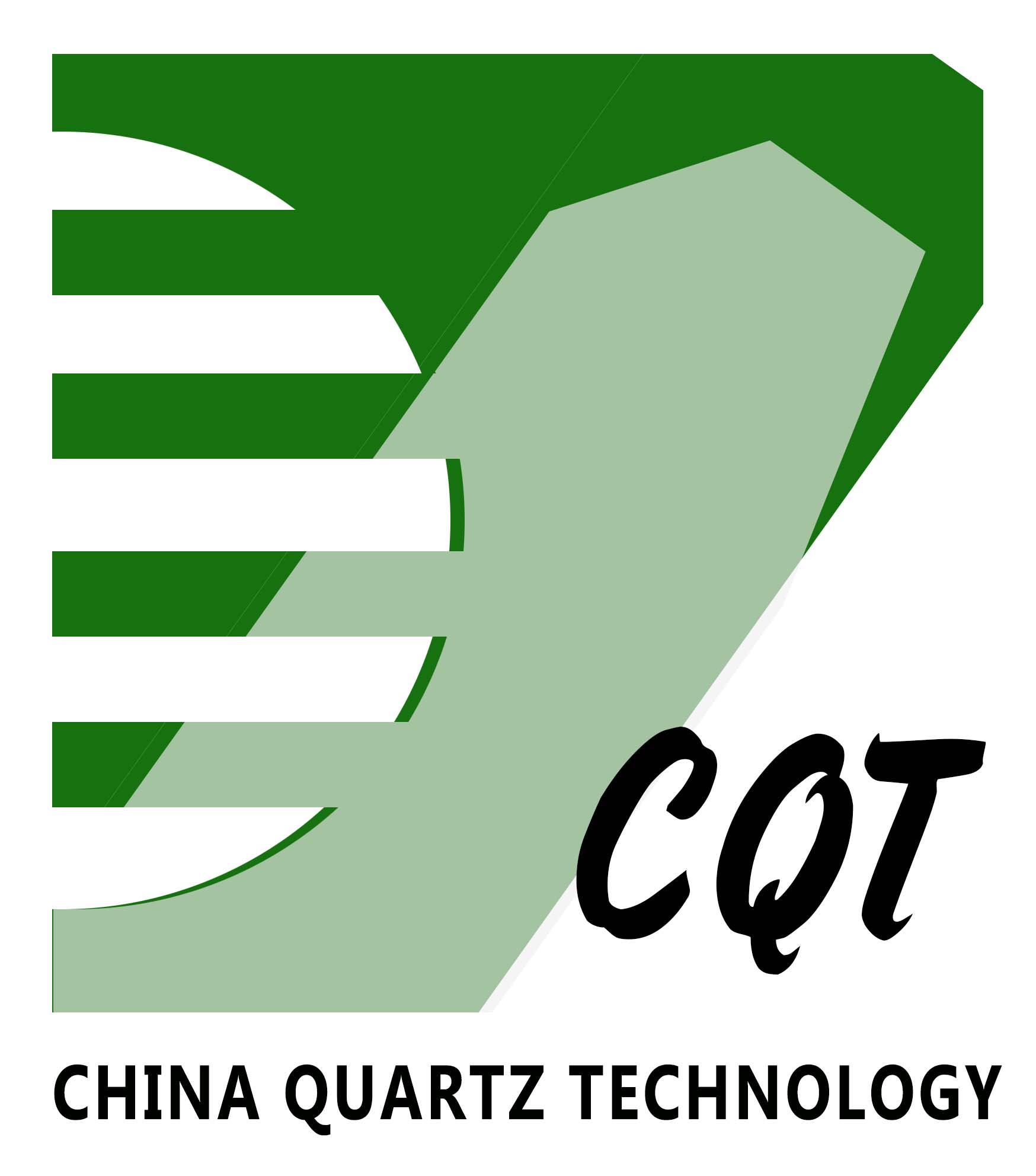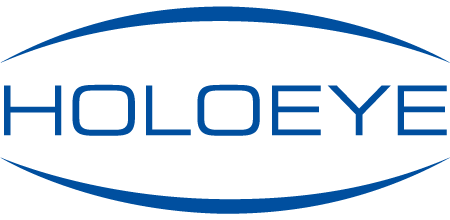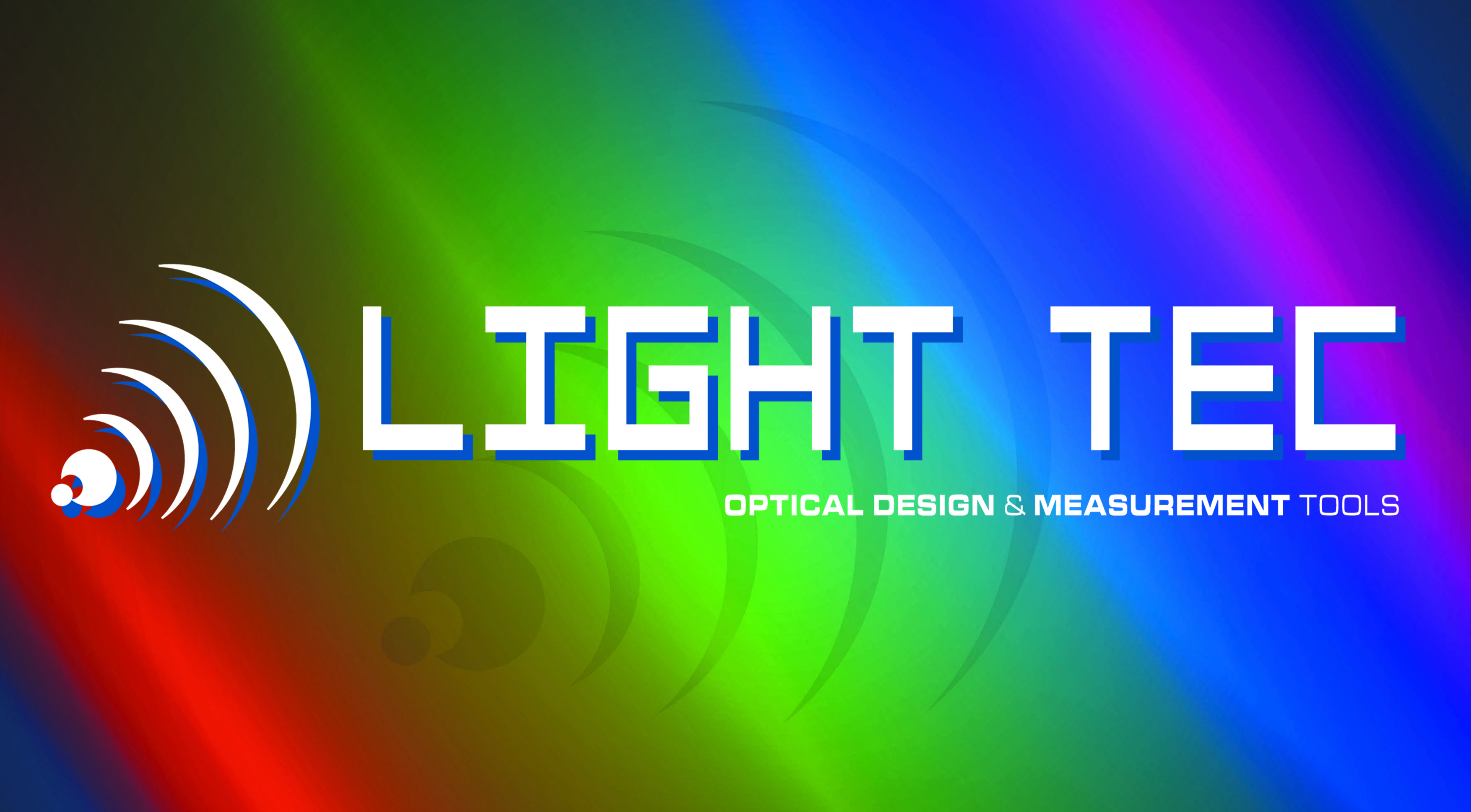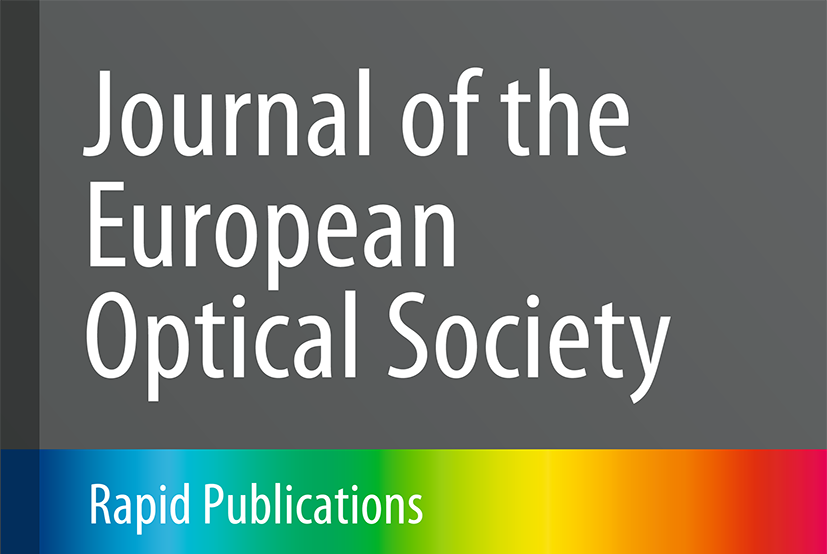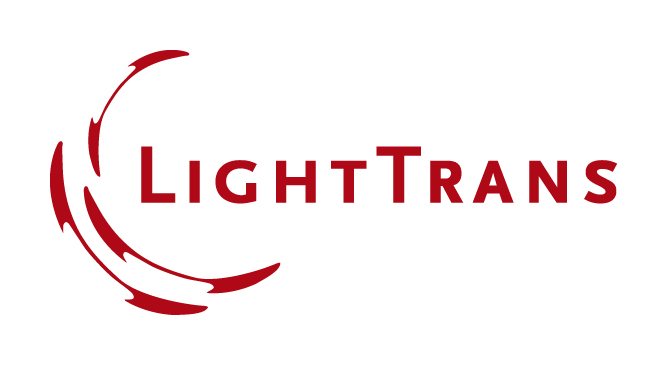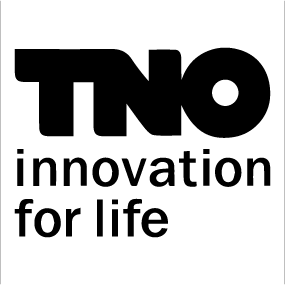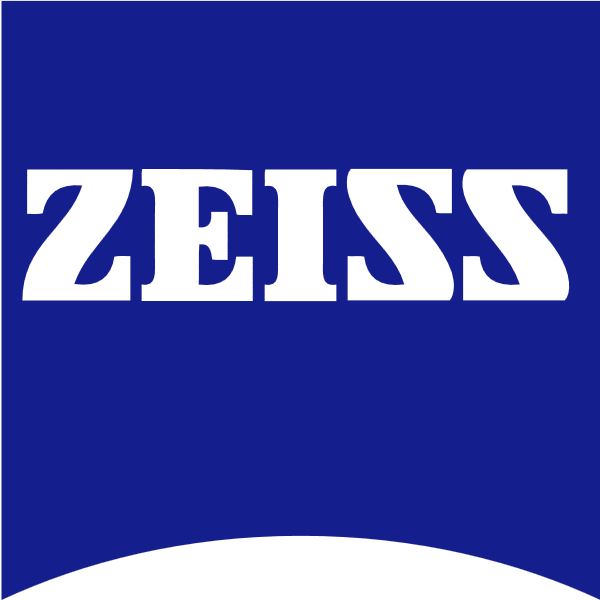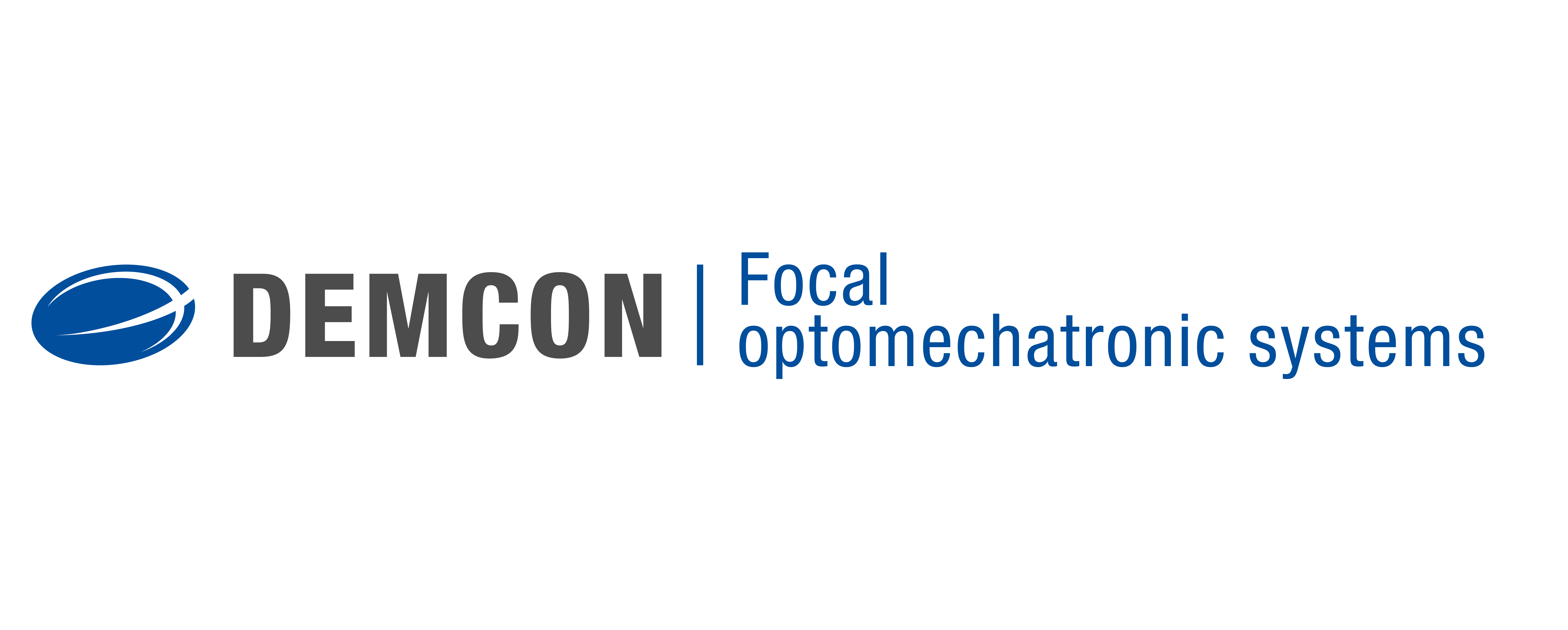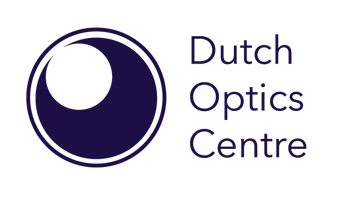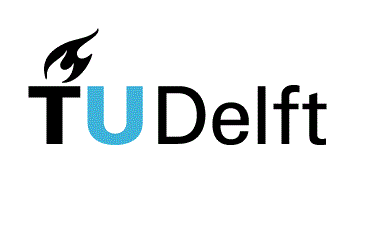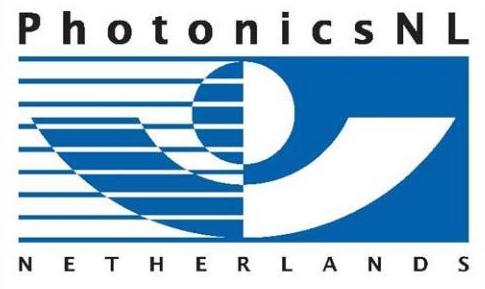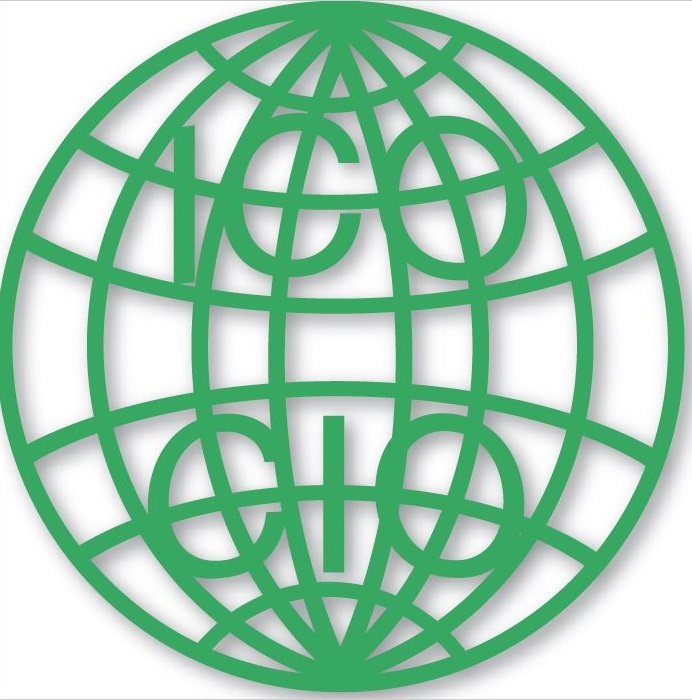Grand Challenges of Photonics Session
Chairs
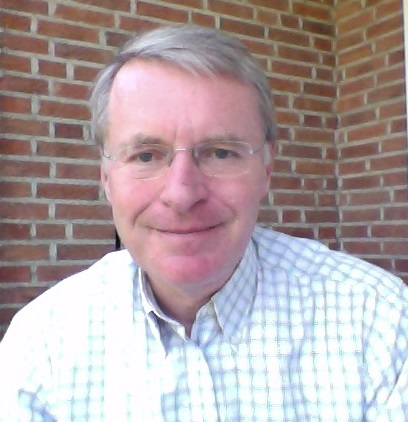 |
Paul Urbach, TU Delft (Netherlands) |
 |
For the sixth time, a special session of EOSAM is dedicated to the Grand Challenges of Photonics. In this session, world-class speakers will discuss technologies which are revolutionary, uncommon and not realizable to date, but can pave the way for an even brighter future in optics and photonics.
Speakers
Xiaocong Yuan, Nanophotonics Research Centre, Shenzhen University, China
Singular optical beam multiplexing communication towards high performance computing applications
The speed of the high performance computing (HPC) significantly relies on the communication system within the facility. For example, there are more than 40,000 optical fiber connecting the nodes for the “board to board” and “rack to rack” communication in the “Tianhe II” HPC. Further increasing the number of optical links is greatly constrained by the complexity and limited space. Therefore, the multiplexing is a must for the optical communication in the next generation HPC. The singular optical beams, referring to the orbital angular momentum (OAM: phase singular beam) and cylindrical vector beam (CVB: polarization singular beam), provide a new degree of freedom for multiplexing optical communication. Here, we review our recent work about the singular optical beams multiplexing for free-space, optical fiber and integrated optical communication towards applications in HPC. For the free-space communication, we demonstrate the OAM based optical routing with up to 49 channels by Dammann gratings, which may be used for reconfigurable interconnect among the clusters in HPC. For the fiber communication, we demonstrate the CVB multiplexing communication in a 5-km long few-mode fiber, which may replace the existing single channel optical fiber between the ranks and boards in HPC. We also investigate the integrated OAM multiplexing emitters based on dielectric metasurface, which can serve as the key components for on-chip optical communication in HPC. We believe the singular optical beam multiplexing with the advantage of high capacity density has the potential application for optical communication in HPC.
Marc Cayrel, European Southern Observatory, Germany
ESO ELT: towards a 39 meter telescope
https://www.eso.org/sci/facilities/eelt/
Ronald Hanson, QuTech, Delft University of Technology, The Netherlands
The dawn of quantum networks
Entanglement – the property that particles can share a single quantum state - is arguably the most counterintuitive yet potentially most powerful element in quantum theory. The non-local features of quantum theory are highlighted by the conflict between entanglement and local causality discovered by John Bell. Decades of Bell inequality tests, culminating in a series of loophole-free tests in 2015, have confirmed the non-locality of Nature. Future quantum networks may harness these unique features of entanglement in a range of exciting applications, such as distributed quantum computation, secure communication and enhanced metrology for astronomy and time-keeping. To fulfill these promises, a strong worldwide effort is ongoing to gain precise control over the full quantum dynamics of multi-particle nodes and to wire them up using quantum-photonic channels.
Diamond spins associated with NV centers are promising building blocks for such a network as they combine a coherent electron-optical interface with a local register of robust and well-controlled nuclear spin qubits. Here I will introduce the field of quantum networks and discuss ongoing work with the specific target of realizing the first multi-node network wired by quantum entanglement.







